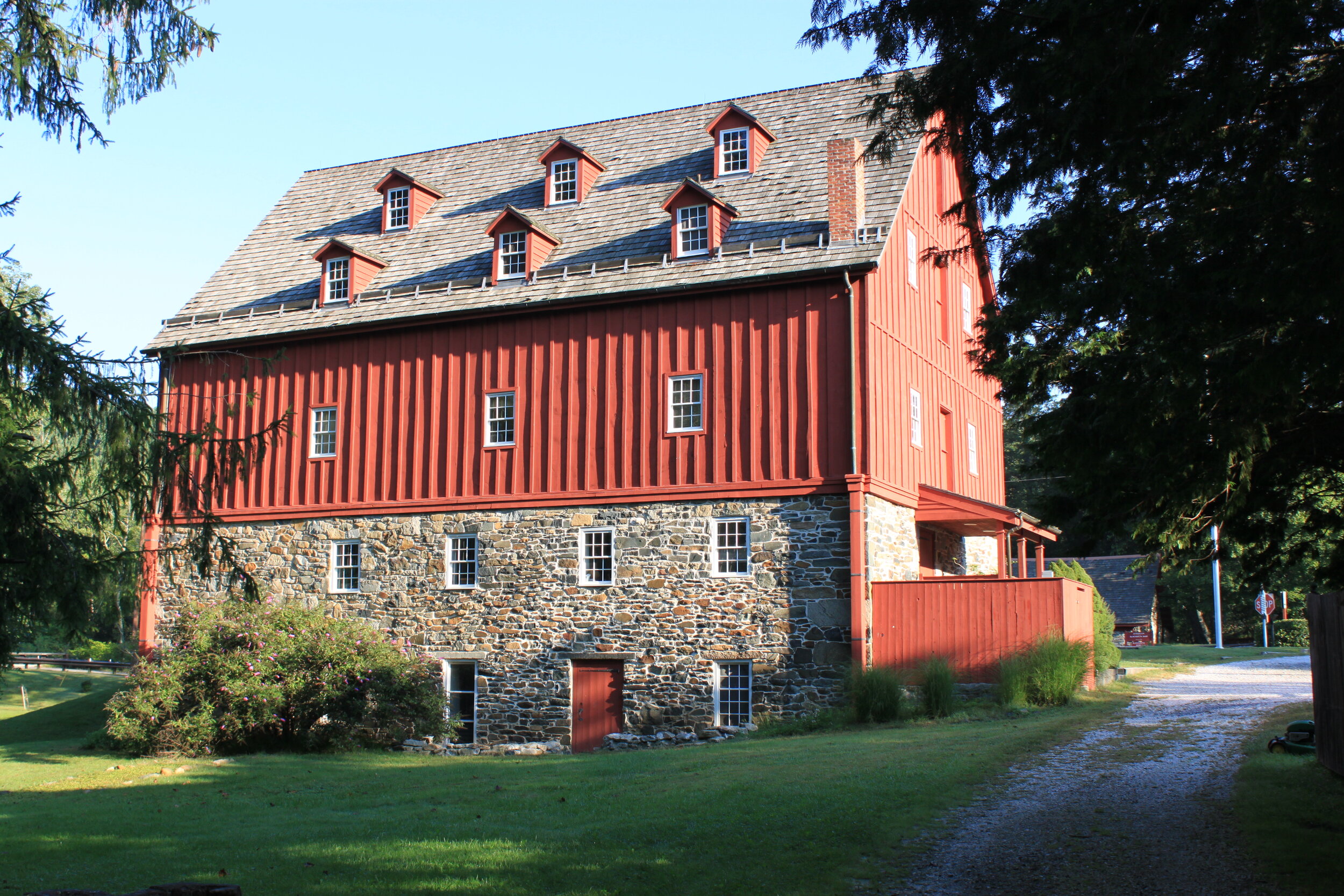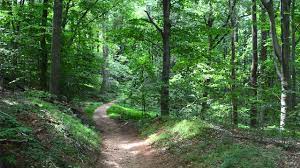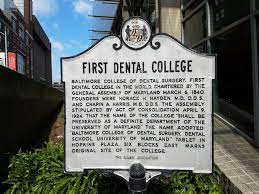Dog Walking is Great Exercise, But Be Careful
Not surprisingly, people love their pet dogs. It is estimated that about 50 percent of U.S. households own at least one dog, accounting for a pet dog in 60- to 65-million households. During the Covid pandemic, with people spending more time at home, about 3.1 million pet dogs were added to American homes.
Walking is the most common form of physical activity among adults in the U.S., and walking a pet dog is a great way to get the recommended 30 minutes of daily exercise. But there are hazards. In just the past few months, several of my friends had falls while walking their dogs, resulting in fractures of a wrist, a finger, a hip, a humerus, and an ankle. One walker’s fall resulted in a subdural hematoma. All but one of the injuries occurred in women. This is not surprising as women are more likely than men to walk a pet dog and may be at increased fracture risk because of underlying osteoporosis.
Risk of injury while dog walking is common and on the rise. Researchers at the University of Pennsylvania analyzed statistics from the U.S. Consumer Product Safety Commission and found that from 2004 to 2017, the number of hospital emergency room visits involving bone fractures in older adults who had been walking leashed dogs more than doubled. The increase was attributed to two factors: a rise in pet ownership and increased emphasis on physical activity among older people.










